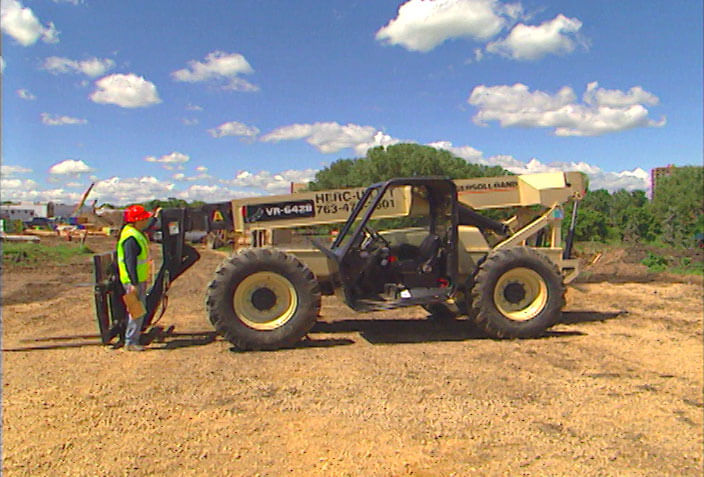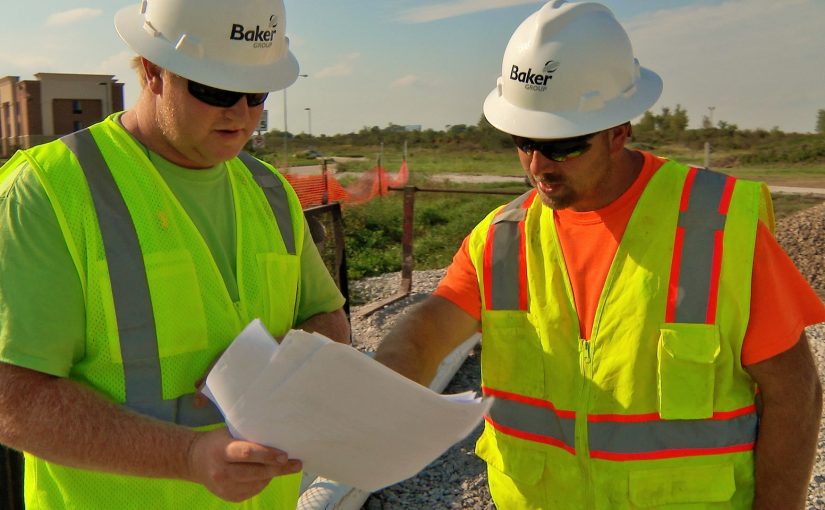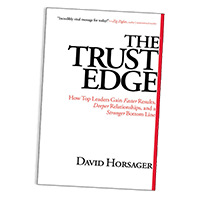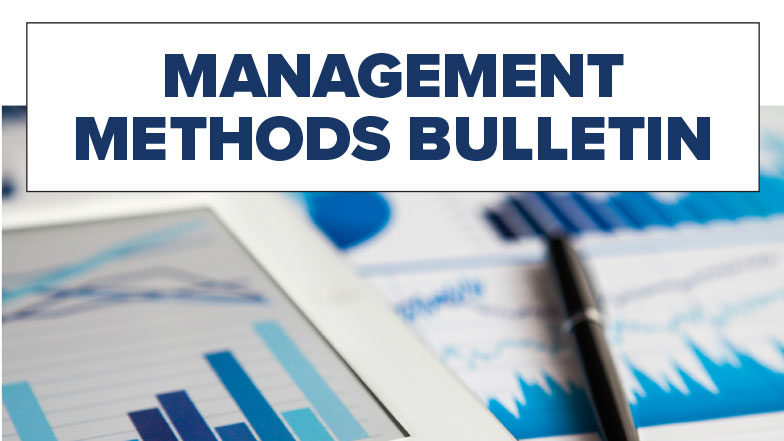MCAA’s Student Chapter Competition drew 28 teams this year, including two new chapters. The annual contest challenges teams of students from MCAA and MCA of Canada student chapters to prepare a professional proposal in response to a Request for Proposal (RFP) for a construction or renovation project involving mechanical systems.
The participating chapter teams are from the following universities:
- Auburn
- Ball State
- Cal Poly, Pomona
- Cal Poly, San Luis Obispo
- Central Washington
- Chico State
- Colorado State
- Fairleigh-Dickinson
- Illinois State
- Iowa State
- Kansas State
- Kent State
- McMaster
- Milwaukee School of Engineering
- Missouri State
- Northern Kentucky
- Oregon State
- Pittsburg State
- Purdue
- Kennesaw State
- Binghamton – State University of New York
- University of Maryland – College Park
- University of Missouri – Columbia
- University of Nebraska
- University of Washington
- University of Wisconsin – Stout
- Washington State
- Wentworth Institute of Technology
The new chapters competing this year are Auburn University and Missouri State University.
The project this year involved the renovation of the heating and cooling systems for the Fogo De Chao Brazilian Steakhouse in New York City. Teams were tasked with assisting and coordinating the removal of the existing equipment and installation of the new equipment using variable refrigerant flow technology (VRF), arranging for and coordinating the subcontracted work, managing the project within the space constraints of the restaurant and arranging all necessary city permits and licenses. A VRF system—a Simultaneous Heat Recovery system (producing heating and cooling at the same time)—was selected, but bidders were to determine its design and operation.
The RFP for this project was presented to the student chapters at the GreatFutures Forum in Indianapolis, IN on September 30, 2017. The deadline for submission of proposals was December 15, 2017.
The proposals are expected to include an executive summary, scope of work, project staff resumes, corporate organization chart, list of relevant projects, full project schedule, bonding capacity, list of current projects, Building Information Modeling (BIM) capacity, safety program and record, staffing matrix, manpower estimates and an estimate of project costs. Proposals were also to include a preventative maintenance and service contract. Although not a LEED project, this project specifies energy efficiency as a critical component.
A team of three judges, drawn from MCAA’s Career Development Committee, will evaluate the proposals and meet in mid-January to choose the top four best-scoring teams. The finalists will present their proposals at the MCAA 2018 convention in San Antonio, TX on March 26. The top prize is $10,000, $5,000 goes to the second place team and the other two finalists will each receive $2,500.
Best of luck to all the teams…and may the best team win!
 Daikin Group
Daikin Group Vertical Market Software
Vertical Market Software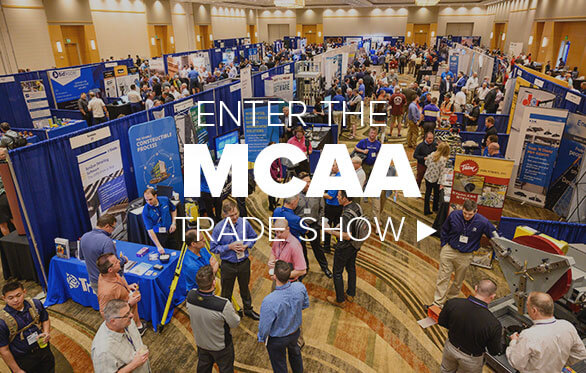
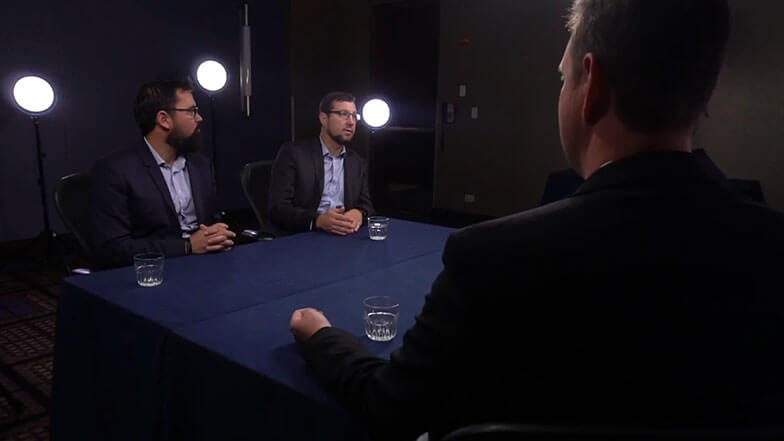


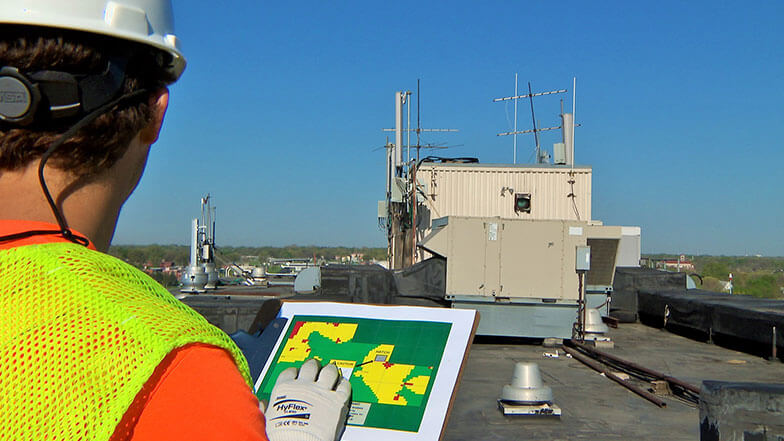
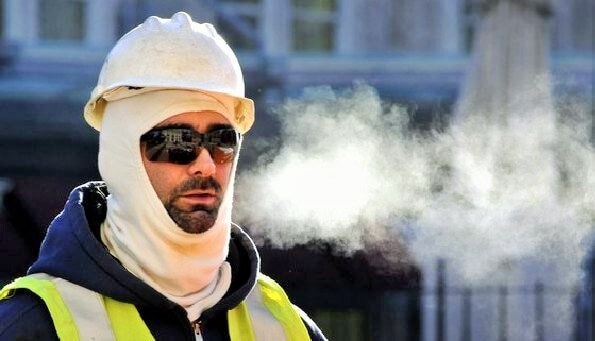
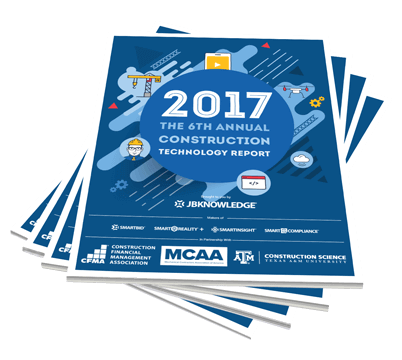

 Controls innovator and past MSCA chair, Dick Starr, reflects on his career in controls, the HVAC industry, his experience and service with MSCA and MCAA and shares his years of knowledge in this interview.
Controls innovator and past MSCA chair, Dick Starr, reflects on his career in controls, the HVAC industry, his experience and service with MSCA and MCAA and shares his years of knowledge in this interview.
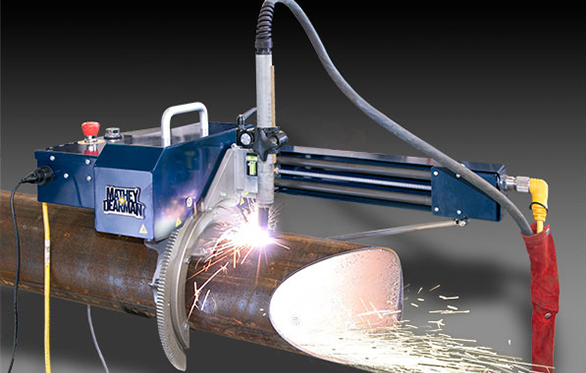
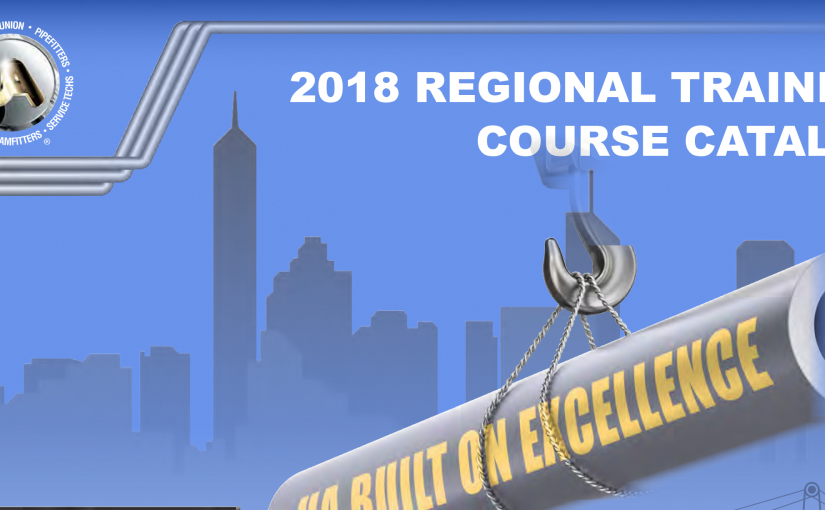
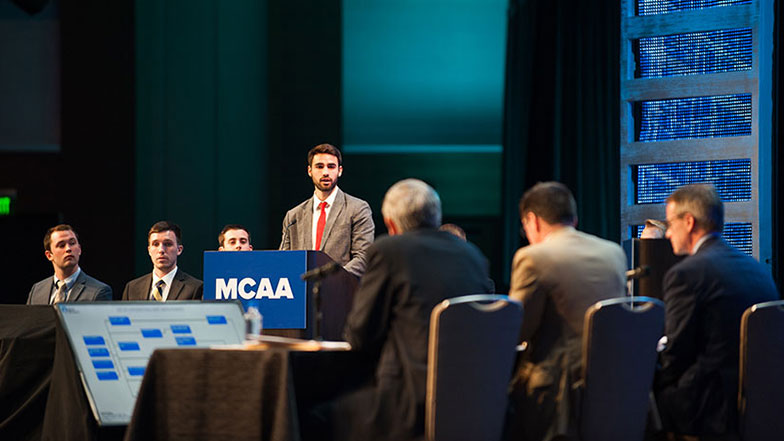
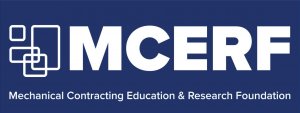 The
The 
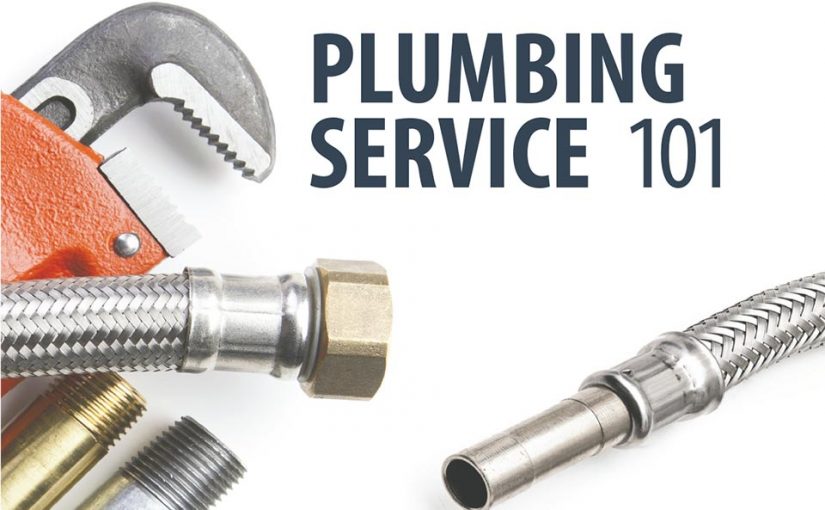
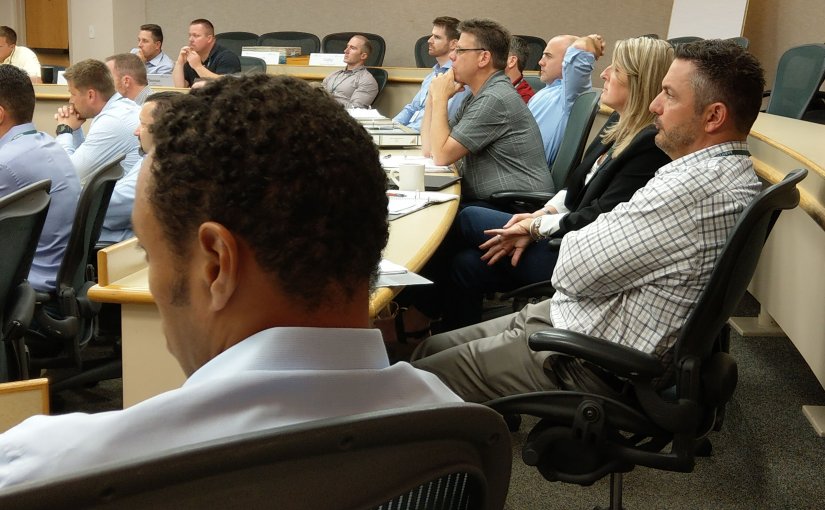

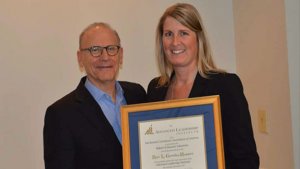 “Going through ALI was an amazing and rewarding experience! It has opened doors for me and given me the confidence I needed to take on the role as president. I’m excited about my future and the future of our company as we celebrate 110 years in 2018!”
“Going through ALI was an amazing and rewarding experience! It has opened doors for me and given me the confidence I needed to take on the role as president. I’m excited about my future and the future of our company as we celebrate 110 years in 2018!” 